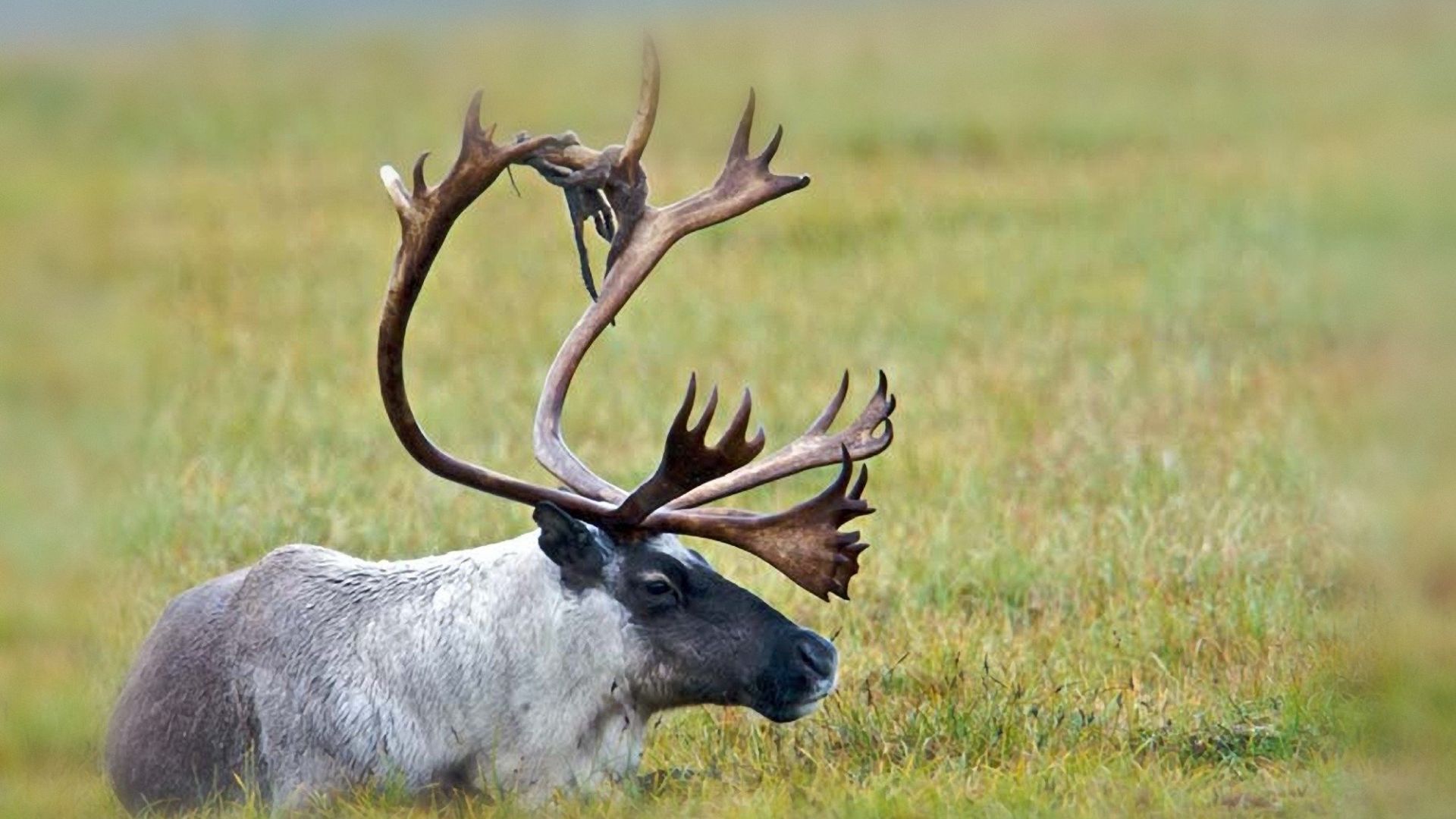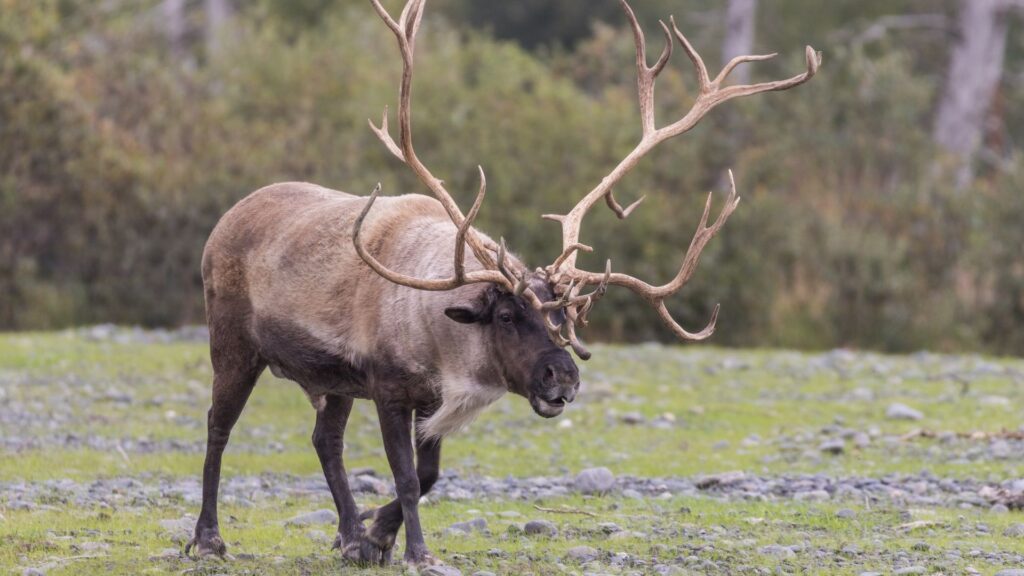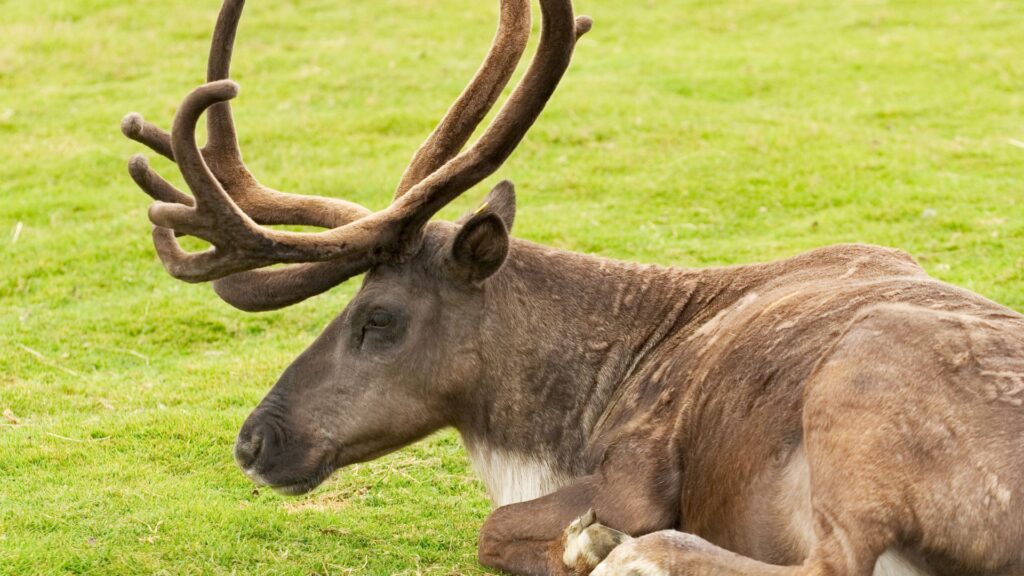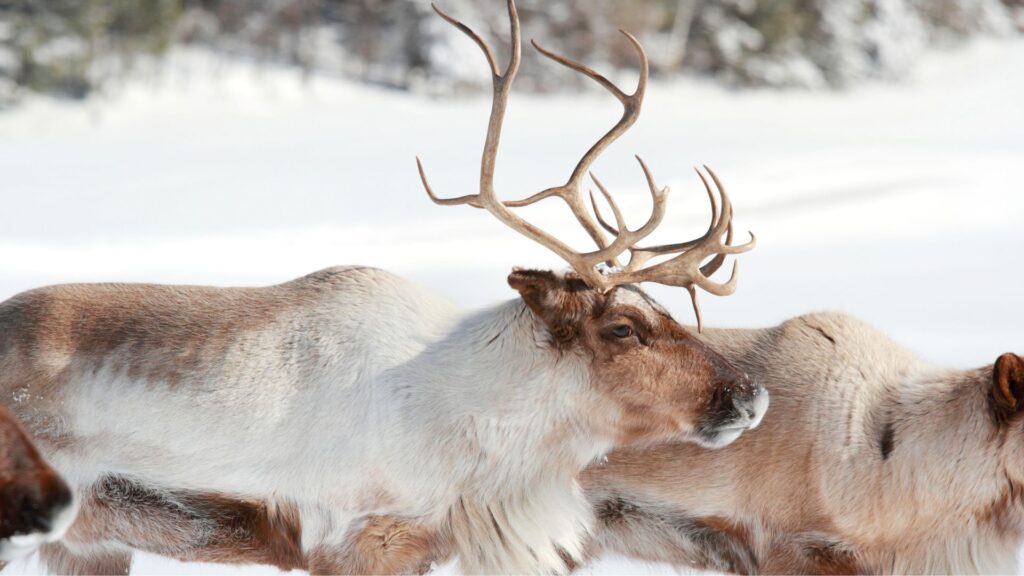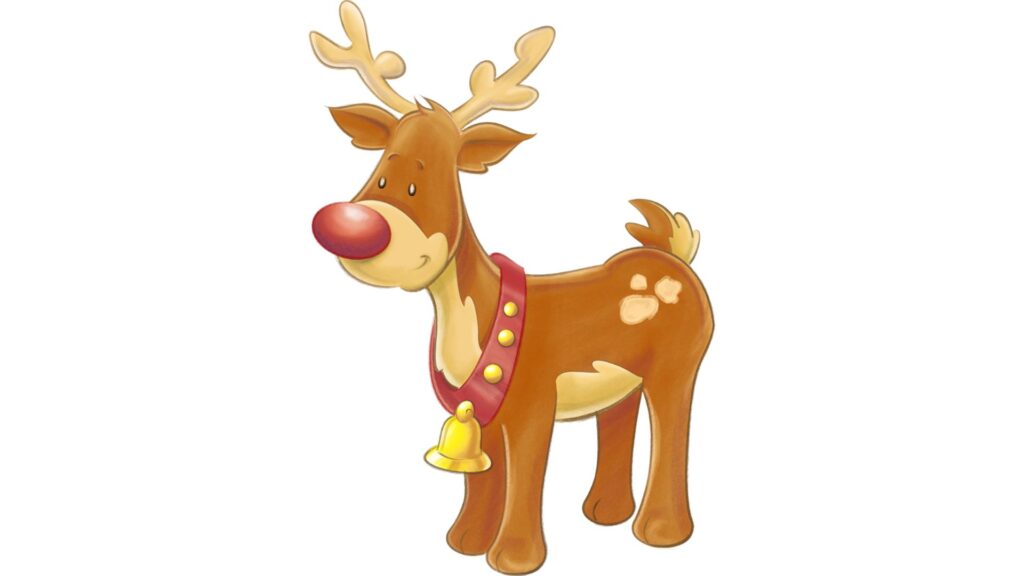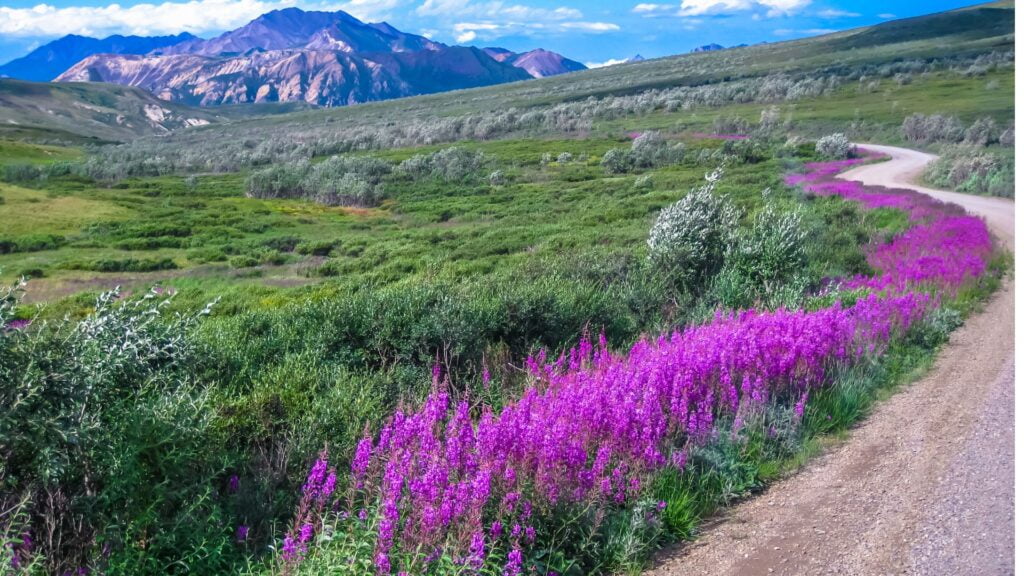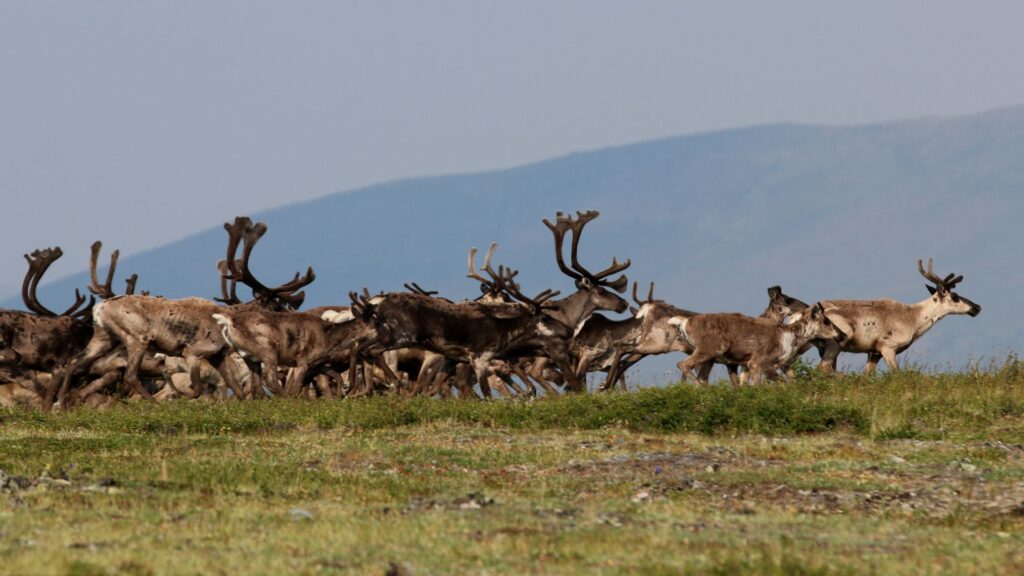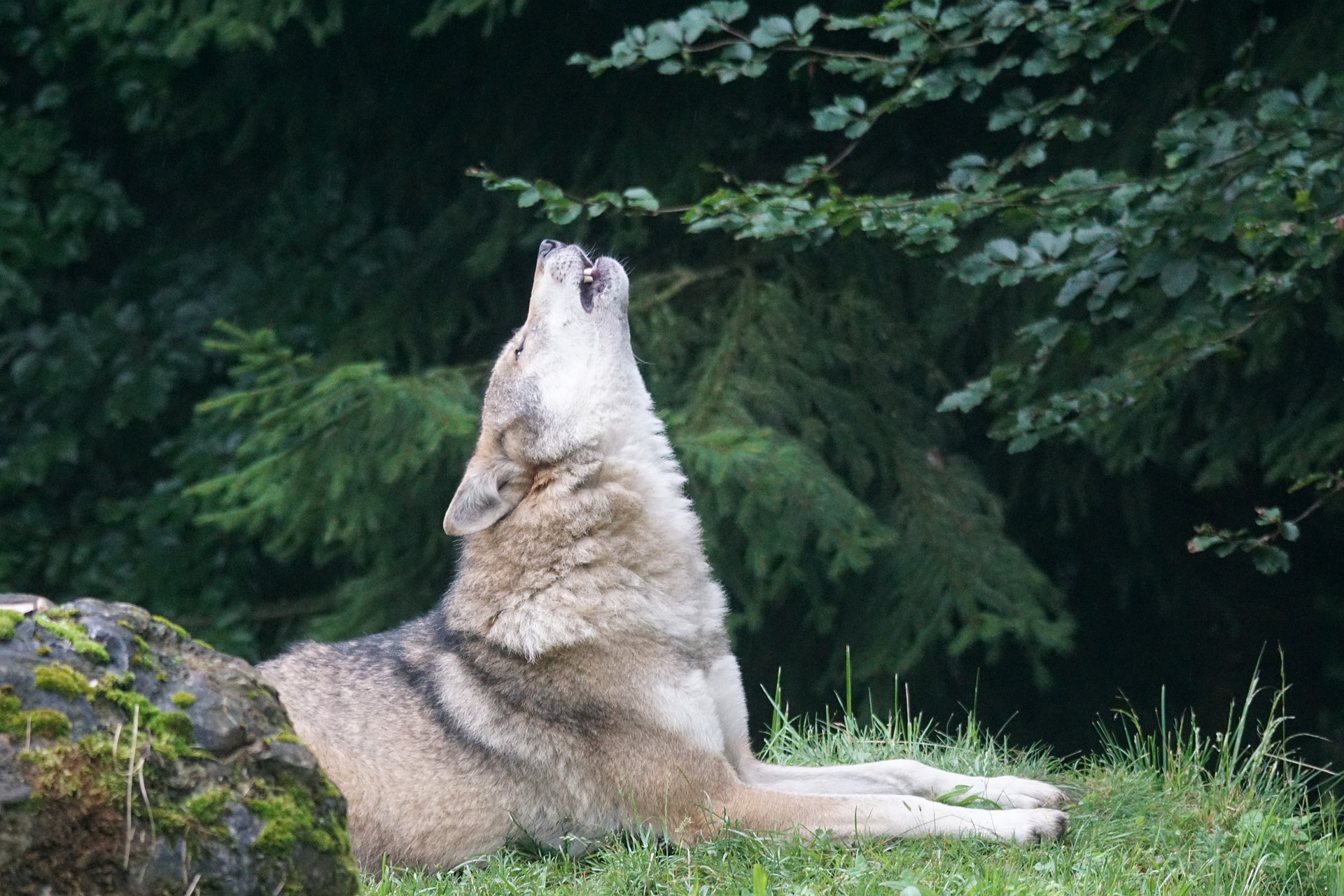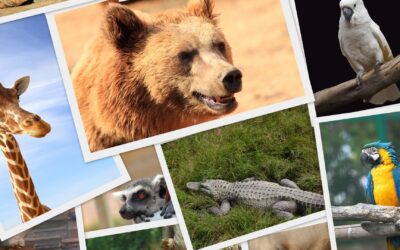Caribou (Rangifer tarandus) are reindeer living in North America, specifically in the northern portion of the continent, including the boreal forests of Canada and the tundra of Alaska. If you feel like you don’t know enough about caribou, worry not, most people probably don’t. I’m going to give you some arguably interesting caribou facts that will help you better understand the North American reindeer. I’ll even tell you what are some of the best places to meet a caribou and why Rudolph is likely a female.
The American Caribou comes in four versions
There are four subspecies of caribou, each adapted to a somewhat different ecological niche. These are the barren-ground caribou, the woodland caribou, the peary caribou, and the mountain caribou. Let’s take a closer look at each of them
The barren-ground caribou (Rangifer tarandus groenlandicus)
These caribou are primarily found in the tundra regions of Alaska, northern Canada, and Greenland. They are known for their long migrations, sometimes traveling over 4800 km (3,000 mi) annually. These caribou tend to have lighter coats and live in large herds, which helps them evade predators and find food over vast areas.
A barren-ground caribou
Woodland caribou (Rangifer tarandus caribou)
Found in the boreal forests of Canada and parts of the northern United States, these caribou like dense forests and are adapted to deep snow. Larger and darker than barren-ground caribou, woodland caribou have longer legs suited for moving through snow and dense vegetation. They travel less and tend to live in smaller, more fragmented populations.
This is a woodland caribou
Peary caribou (Rangifer tarandus pearyi)
These are the smallest and lightest caribou, living in the high Arctic islands of Canada. Adapted to extremely cold environments, Peary caribou have a white coat that provides good camouflage in snowy conditions. They are also critically endangered due to their small population size and habitat threats.
A caribou with white coat
Mountain caribou
As their name suggests, these caribou inhabit steep, mountainous regions, especially within the inland temperate rainforests of British Columbia and parts of the northwestern United States. Unlike other caribou, mountain caribou depend on arboreal lichens found in trees during the winter. They have adapted to the rugged terrain and deep snowpacks of their habitat.
What is the difference between caribou and reindeer?
Both types of reindeer belong to the same species; however, they have evolved quite differently. Reindeer in Europe and Asia are often domesticated. In contrast, caribou in North America are generally wild, with only a few populations semi-domesticated by Indigenous peoples in Alaska.
Because of their different lifestyle, they also look a bit different. Reindeer tend to be shorter and stockier compared to caribou, with this robustness being the result of domestication and the needs of human caretakers
In terms of behavior, European reindeer are less migratory for obvious reasons, whereas North American caribou, especially barren-ground caribou, undertake extensive migrations.
What does a caribou do on a regular day?
While they don’t do this every day, caribou migrate a lot. Their migrations are, in fact, among the longest of any terrestrial mammal. These migrations are driven by the need to find food and suitable calving grounds.
Caribou typically live in large herds, especially during migration periods. These herds provide protection from predators and help with navigation across vast landscapes. During the calving season, pregnant females often separate from the main herd to give birth in isolated, predator-free areas.
Speaking of giving birth, caribou have a breeding season in late autumn, known as the rut. Males compete for access to females, and successful males may mate with multiple females. Calves are usually born in late spring or early summer, and they are capable of standing and walking within hours of birth.
In terms of diet, there are important differences between seasons. In the summer, caribou graze on a variety of vegetation, including grasses, sedges, leaves, and shrubs. They also consume fungi and are particularly fond of willow and birch leaves. During the winter, they tend to rely heavily on lichens, which they dig out from under the snow using their hooves. This diet is supplemented with dried grasses and twigs. Their unique caribou digestive system allows them to extract nutrients from lichens, something that few other species are capable of.
Is Rudolph a female?
Not long ago it was brought to my attention that Rudolph, Santa’s most famous reindeer, is likely a biological female. This realization comes from two facts. First, reindeer (caribou included) are unique among deer species in that both males and females grow antlers. Second, there’s a difference in the timing of when males and females shed their impressive antlers. Male reindeer typically shed their antlers after the mating season in late autumn, usually by December. Female reindeer, on the other hand, retain their antlers throughout the winter until they give birth in the spring. This is probably because their antlers help them get food and protect their young from predators.
A carton version of Rudolph the Reindeer
So, in other words, given that the most famous reindeer always has antlers during Christmas in December, it seems quite likely that Rudolph is a biological female. But who knows, Santa’s reindeer are magic after all.
Best places to see caribou
Now that you know quite a few things about caribou, you may feel the mood of meeting a few during a wildlife watching trip. A few places that are good for doing this include Denali National Park, in Alaska, Wood Buffalo National Park, in Canada, and the Quebec and Labrador area. Denali National Park is one of the best places to see caribou in their natural habitat, as the park is home to the Denali caribou herd, which roams freely across the vast tundra.
Denali National Park
The Wood Buffalo National Park is the second largest national park in the world, after Greenland’s National Park, spanning Alberta and the Northwest Territories and being larger than Switzerland! The Quebec and Labrador area is where you might see the migratory George River caribou herd, which is once one of the largest caribou herds in the world, although its size is shrinking.
Another well-known migration is that of the Porcupine caribou herd, which travels between Alaska and Canada’s Yukon Territory. This herd migrates over 2,414 km (1,500 mi) annually.
Last but not least, there’s the Great Migration, one spectacular caribou mass migration. These caribou undertake seasonal migrations between their summer calving grounds and winter-feeding areas. During the summer, they move north to the tundra to give birth and take advantage of the abundant vegetation. In the fall, they migrate south to the boreal forests, where they find shelter and food during the harsh winter months. The migration can cover thousands of miles and involves crossing rivers, mountains, and other challenging terrains.
Caribou migrating at the Alaska-Canada border. That’s quite a crowd.
Bottom line: Caribou are just a wilder version of reindeer
Caribou can be seen as a wilder version of reindeer, as the reindeer have been domesticated for centuries and are more accustomed to human interaction. Caribou, on the other hand, remain largely wild and free-ranging and show extensive migratory behaviors. But with such an enthusiasm for traveling, wouldn’t some of them be willing to work for Santa Claus?
Whether you want to take a good look at their impressive, large antlers or watch their spectacular migrations, knowing a few facts about the North American reindeer can come in handy. And even if you do not plan of meeting a caribou any time soon, you can at least say that you now know a few things about them that few people do.

